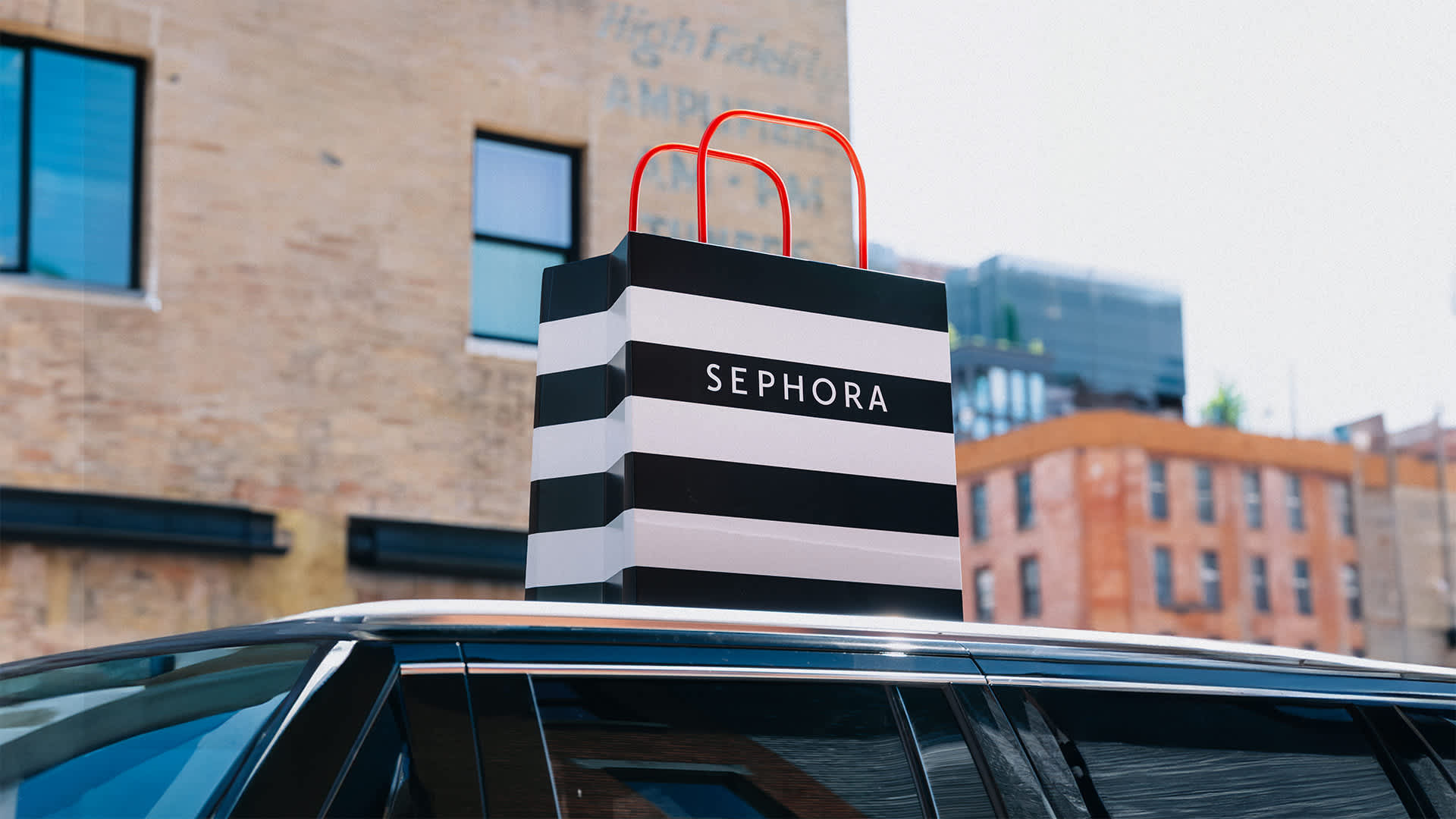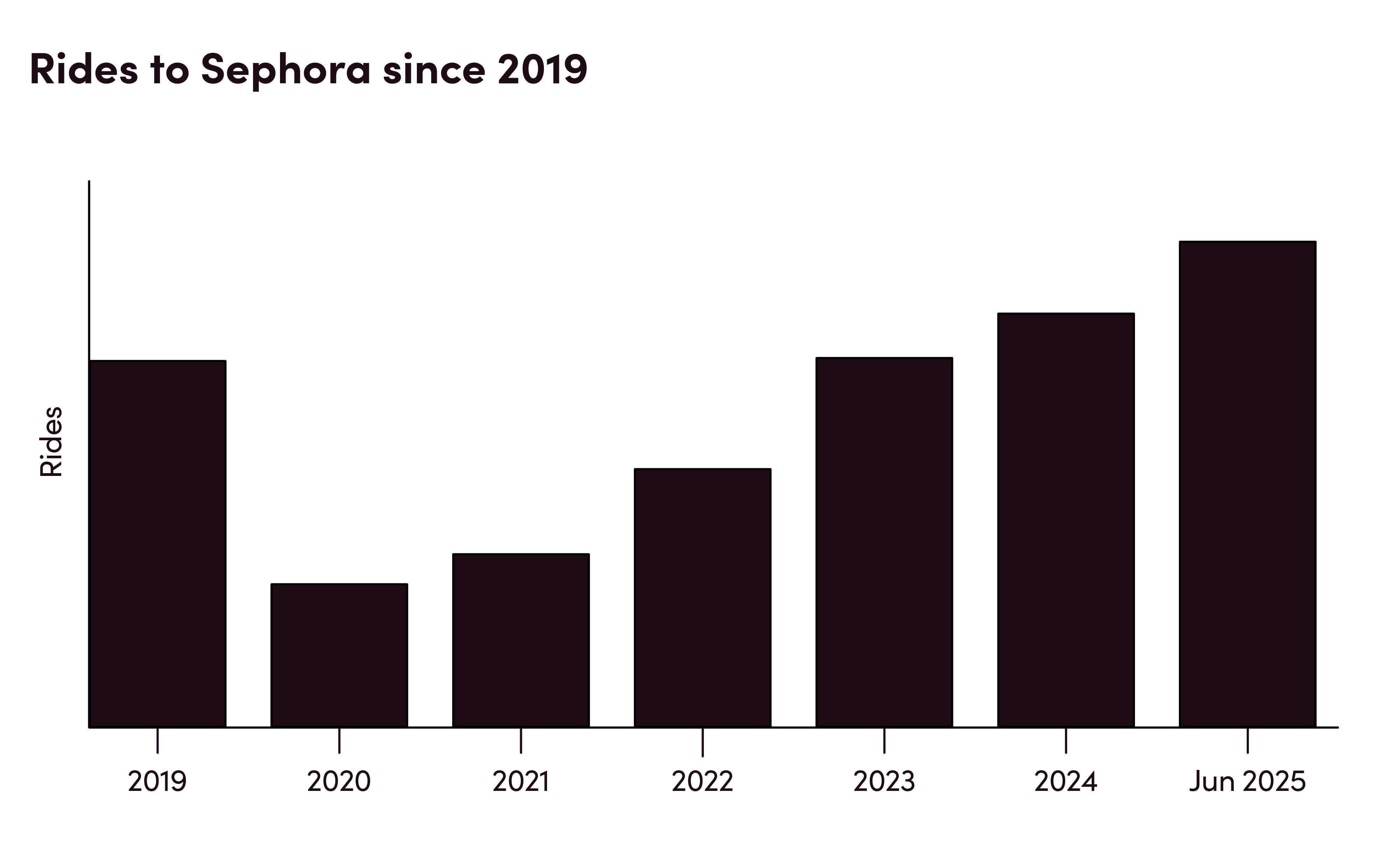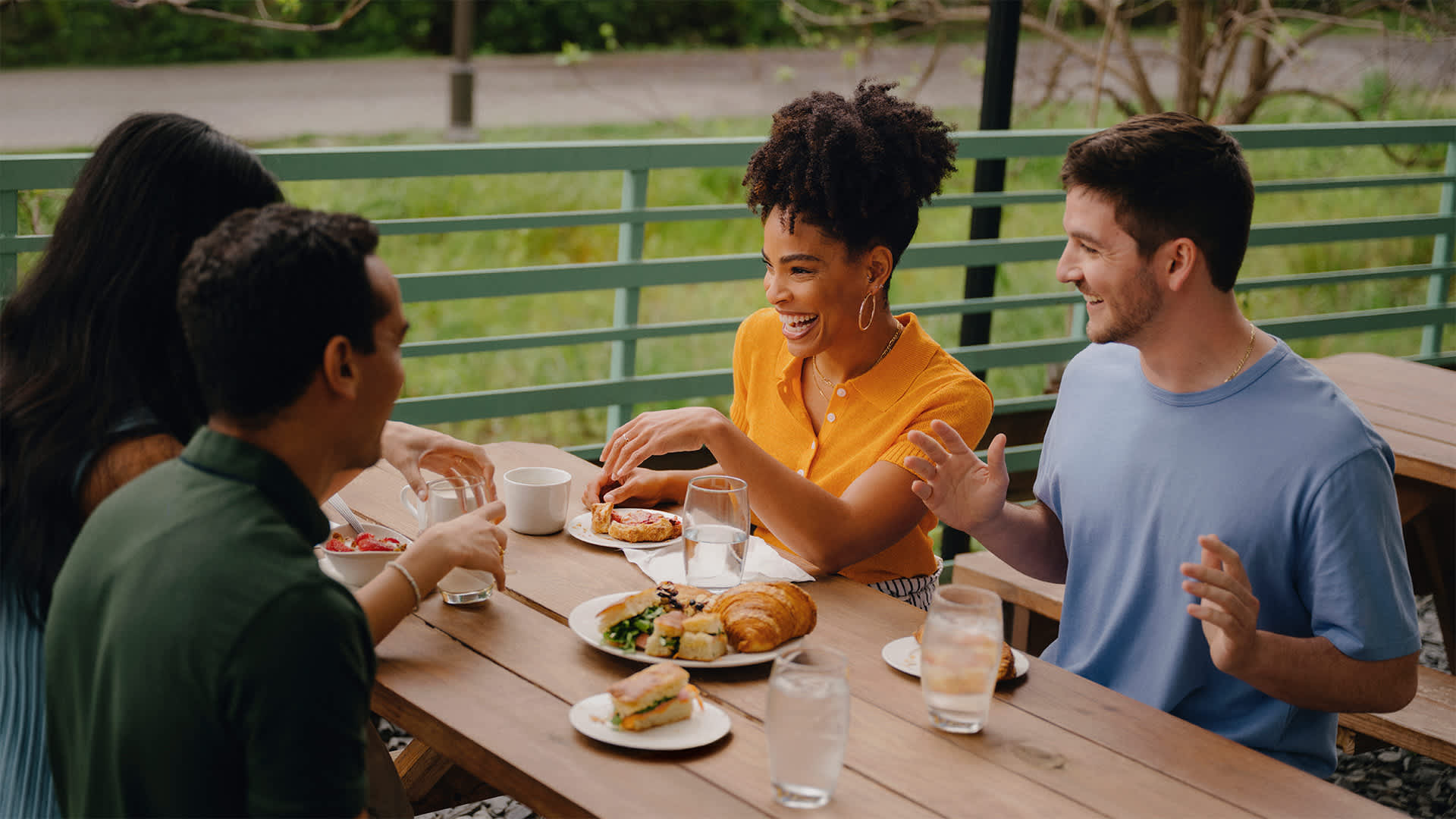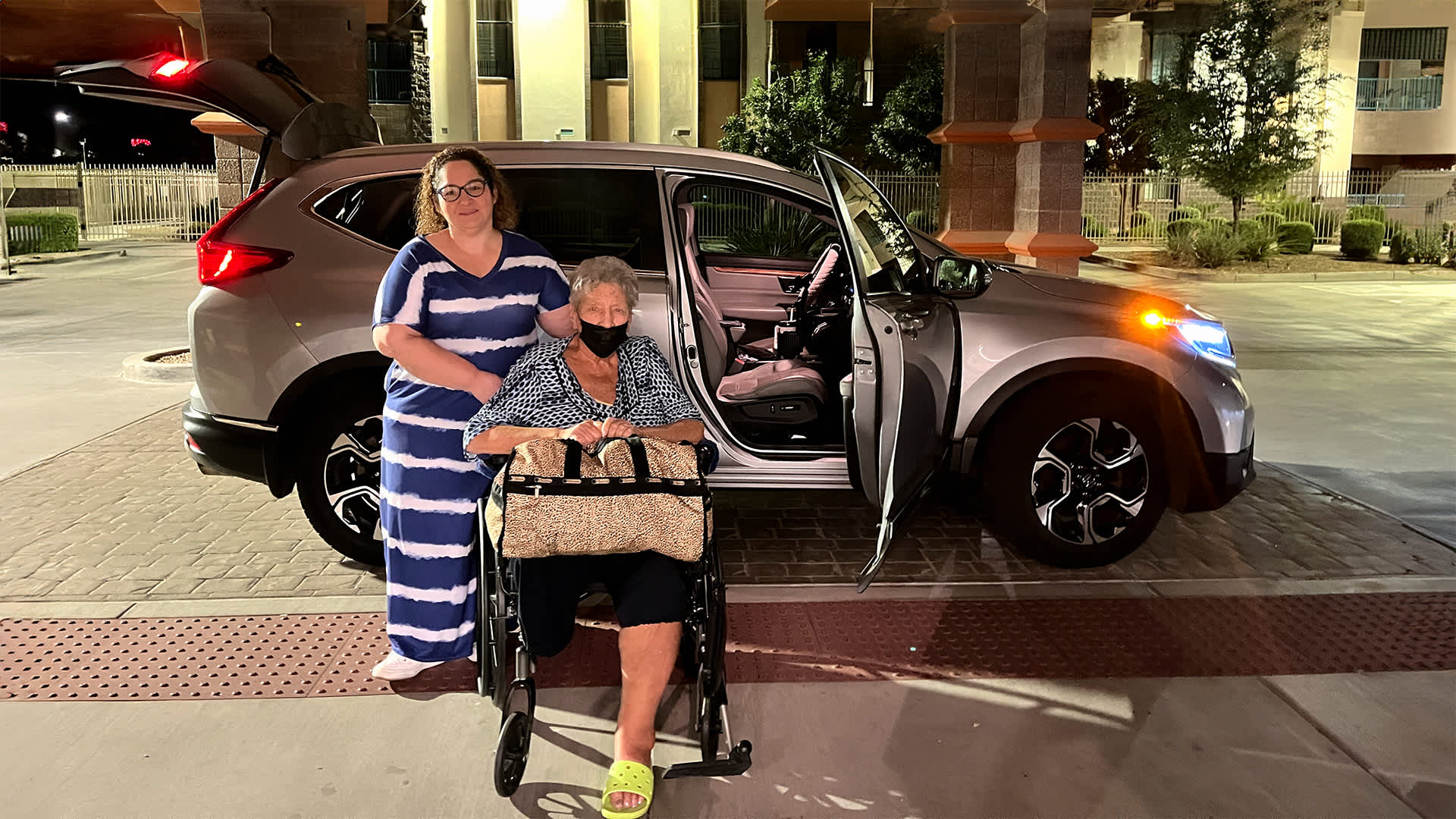
Every year, the many deals and discounts of Prime Week bring a spike of online traffic to Amazon.com. It’s a yearly event that punctuates a decades-long trend. Indeed, one in three Americans shops primarily online today.
Last July, the cosmetics company Sephora and the rideshare company Lyft wanted to demonstrate the value that in-store experiences can bring. The companies teamed up to intercept Prime Day with their own offer: a $20 off coupon on Lyft rides to Sephora, and then exclusive products, discounts, and guidance from beauty advisers in-store. The result? Prime Week brought about a spike in physical traffic to Sephora — equal to 4x normal values.

The promotion wasn’t the only sign of life for in-store retail. Lyft data actually suggests that brick-and-mortar is far from dead — it just depends on the industry and how much that industry’s shoppers value in-person experiences.
Consider groceries: Since food is clearly better when fresh, grocery stores have been an increasingly popular destination for Lyft rides — growing 16% since 2022 — despite food being available online. On the flip side, electronics stores have seen a 30% decline in the share of ride activity, as most customers buy technology online. And then there are the cases of healthcare and beauty stores. Although the same products can be bought online, there’s been a significant 8% increase in ride activity to those places since 2022.

Perhaps this should be no surprise: In an age where buying online is so easy, physical stores have to offer something special to draw in customers.
As a case study, let’s look at the biggest name in the cosmetics game: Sephora. In the past, luxury brands sold their products behind beauty counters, where you had to get an associate to help you test a product. Sephora’s approach was radically simple: Let the people try it themselves. Another key differentiator for Sephora’s in-store shopping? “Beauty advisers,” who offer personalized shopping guidance and product expertise, as well as beauty services.
The results in the customer experience are clear in the Lyft data: As of 2025, there are 30% more rides to Sephora than there were in the pre-pandemic high of 2019. And roughly 60% of rides to Sephora are from first-time customers — 25% more than the average for stores of comparable size and audience.

Beyond the ability to experiment with new products, brick-and-mortars also become essential when you are down to a deadline. Rides to stores spike around holidays, as people rush to do last-minute shopping. For example, rides to Sephora were 21% higher on Valentine’s Day, 40% higher on Halloween weekend, and 2.5x higher on Christmas Eve.
While Macy’s, GameStop, and Foot Locker shutter stores across the country to save costs, Sephora, seeing the continued value of in-person shopping for its customers, is bucking that trend — the next five years will hold a $1 billion redesign for Sephora stores.


